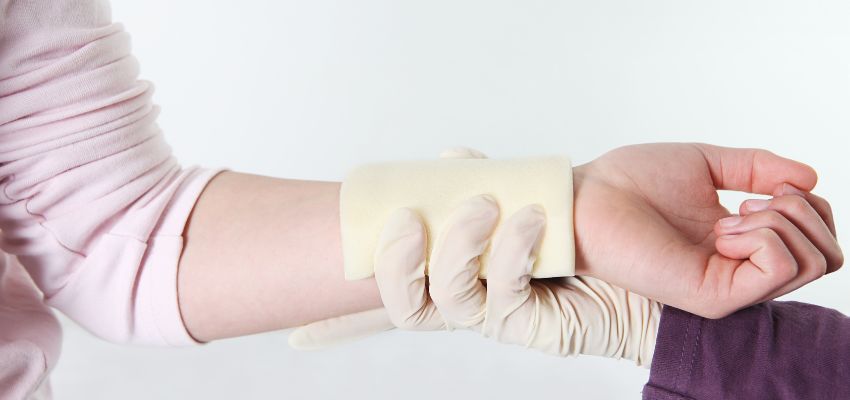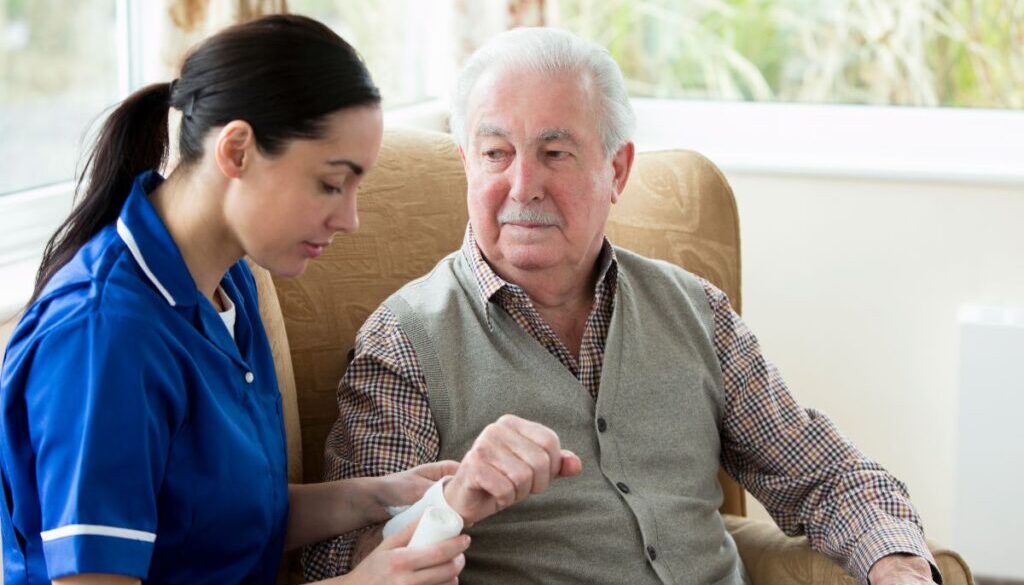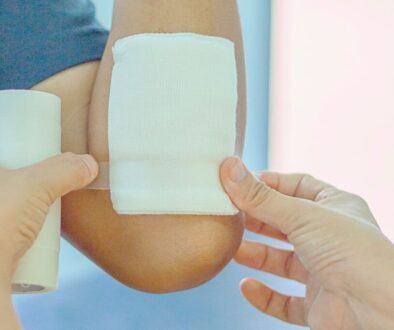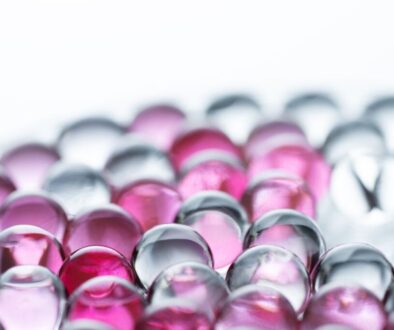Placenta Tissue Grafting: What Is It And How It Works In Wound Healing

Sources Of Placenta Tissue For Wound Care
Procuring placenta tissue for medical purposes raises ethical considerations. Parental consent is necessary. Usually, these tissues are discarded as medical waste after childbirth. However, they can be repurposed for therapeutic use.
Healthcare facilities can harvest these tissues for use as allografts in wound treatment with appropriate consent. This effectively transforms what would otherwise be waste into a valuable medical resource.
How Do Placenta Tissue Grafts Work?
Placenta tissue grafts, which are rich in essential nutrients and bioactive compounds and made from human placental tissue, act as specialized scaffolds that boost the body’s natural healing.
When used on a wound or surgical site, they provide a three-dimensional framework for repair cells to build and regenerate tissue. This scaffold not only promotes cellular attachment but also aids in the organization of tissue formation.
Placenta tissue grafts provide structural support and release various growth factors, cytokines, and other bioactive substances. These components promote cellular proliferation, migration, and differentiation.
Placenta tissue grafts are a significant advancement in regenerative medicine. They promote quicker and more effective recovery.
Advantages Of Using Placenta Tissue Grafts In Wound Healing
Placenta tissue grafts provide critical benefits for wound healing. They promote effective recovery and enhance the healing process.
- Immunological privilege. The immune system often doesn’t recognize placental tissues as foreign, reducing the risk of rejection. As a result, they’re suitable for a variety of conditions.
- Growth factors. These tissues are rich in growth factors and cytokines, essential for cell growth, repair, and wound healing.
- Reduced inflammation. Placental tissues reduce inflammation at the wound site. This promotes faster healing and less discomfort.
- Enhanced recovery. Placental grafts provide a supportive scaffold and release bioactive substances that help speed up tissue repair, leading to quicker recovery.
- Minimize scarring. Placental tissues support organized tissue regeneration, resulting in less scarring.
- Versatile user. Placental grafts can be used in various clinical situations. They’re effective for surgical wounds, chronic wounds, and burns, making them a flexible solution for wound care.
Placental tissue grafts play a crucial role in modern medicine. They provide immunological benefits and essential nutrients. Additionally, they help reduce inflammation and scarring. Ongoing research aims to further their applications in this field.

Transforming Wound Care With Regenerative Healing
Placental tissue grafts provide significant benefits in wound care. They can reduce inflammation, minimize scarring, and speed up recovery times. However, there are challenges to consider. High treatment costs and ethical concerns may limit their acceptance. Additionally, there is limited data on their effectiveness. Despite these issues, placenta tissue grafting is a promising innovation in wound healing for individuals and healthcare professionals.
Heal Ulcers, Burns, & Surgery Wounds With Break-Through Amniotic Allograft Treatments
Experience the future of wound care with our advanced amniotic allograft treatments. Say goodbye to slow healing. Our innovative solutions promote faster recovery from pressure wounds, ulcers, burns, and surgical wounds. Trust the power of science for your healing journey. Regain your comfort and health today! See if you are eligible for treatment here.

About The Author
Corinne Grace is a full-time writer living in the Philippines. She has a nursing degree from Riverside College. Her background in nursing informs her perspective, allowing her to weave in themes of health, empathy, and resilience into her work.




